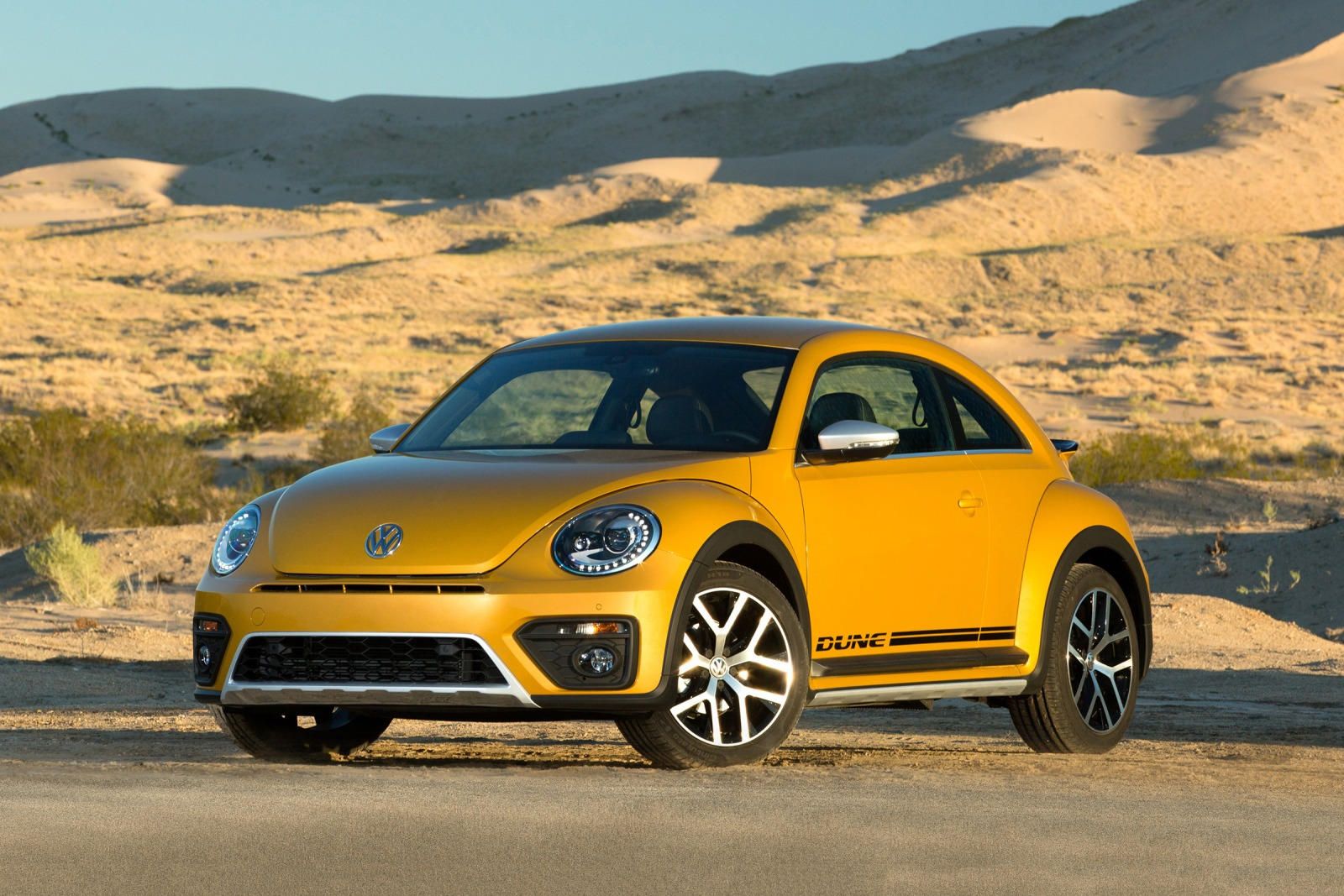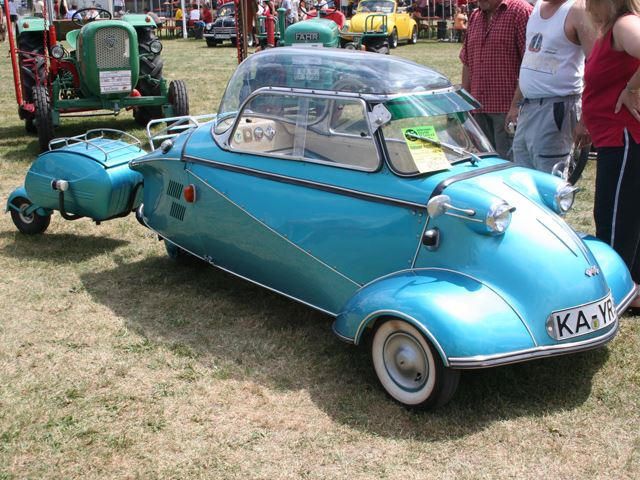
One thing that must be said about three- wheelers and bubble cars alike is that their designs were not hampered by an over reliance on conventional thinking. But the Messerschmitt KR175 was arguably even more creative than those that followed. It was, at the time, a unique vehicle, and the company which built it wasn't really a car company either. But KR175 and the KR200 which followed it were both big successes, despite all of their weirdness.
Messerschmitt, as nearly any history buff will tell you, was originally an aircraft company. Founded at the height of WWI, the company would go on to produce the Bf 109 in the Thirties, one of the first truly modern fighters, and later the Me 262, the world's first operational jet fighter. Unfortunately for Messerschmitt, this innovation all took place while its home country of Germany was under the control of a genuinely evil regime. Following the defeat of the Nazis in WWII, Messerschmitt was banned from producing aircraft and actually turned much of its attention to the building of prefab houses.
But in 1952 the company was approached by Fritz Fend, a man which the company management was familiar with, as he had been a Luftwaffe (German Air Force) technical officer during the war. Fend was then building a three-wheeled invalid carriage known as the Fend Filtzer, which was offered with an optional motor as a sort of early motorized wheelchair. Fend's idea was to basically scale up the Fend Filtzer into a very small but affordable car. The car was built in Messerschmitt's facilities and wore a Messerschmitt badge, but the project was really entirely Fend's, and few other executives at the company had much of anything to do with the project.
Nevertheless, there were some aircraft-like touches on the KR175, including the narrow body with tandem seats and the top-opening canopy in place of doors. Power was provided by a 175cc single-cylinder two-stroke engine with a pull start, although an electric starter was offered as an option. The "K" in the name stands for "kabinenroller", essentially "scooter with cabin". And as this name implies, it wasn't really intended as serious competition with four-wheeled cars. The KR175 sold 15,000 units from 1953 to 1955, which is really not such a bad number for this type of vehicle.
But in 1956, the KR175 evolved into the KR200, a version with a slightly bigger 191cc engine and a reverse gear, which would prove to be even more popular. The KR200 would stay in production until 1964 and sell about 40,000 in all. Part of this was due to its superiority over its predecessor, but the timing of its debut was also amazingly fortuitous. 1956 was also the year of the Suez Crisis, a smaller-scale and largely European version of the energy crisis which would hit the US in the mid-Seventies. For a continent still recovering economically from the ravages of the bloodiest conflict in human history, rising gas prices meant disaster.
So the KR200 would not only be a hit, but it would also inspire a large number of competitors, creating an automotive niche known as "bubble cars". There was even a version of the KR which was modified by another German company to create a sort of sport version. Known as the FMR Tg500, this had what was by comparison a gigantic engine: a 494cc two-cylinder. Only 320 units were produced. The bubble car had always been up against cars like the Volkswagen Beetle and the Citroen 2CV, which offered much more usable alternatives to the profoundly silly bubble cars.
But a bubble car like the KR could return about double the fuel economy of even a miser like the 2CV. This became slightly less important after the Suez Crisis, and the 1959 debut of the Mini is widely regarded as the beginning of the end of the bubble car. It wasn't a trend that lasted for very long, but it produced some of the more interesting automotive designs ever.

